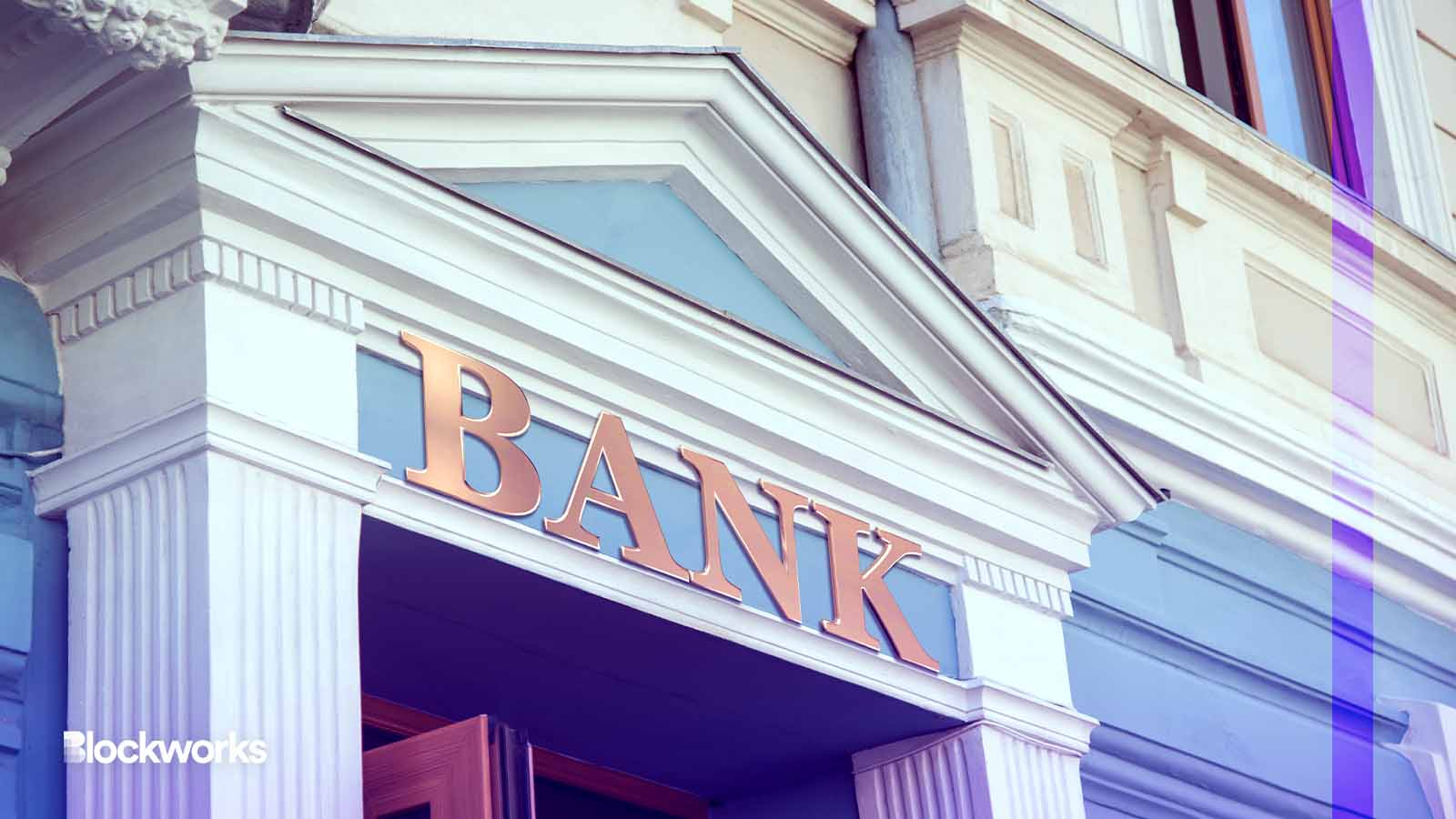Nifty Gateway NFT Marketplace review

Nifty Gateway does not work in the same way as other major NFT marketplaces. For beginners, it is mainly a custodian platform – which means that assets are stored on the platform instead of in an external wallet. This is how it offers significantly lower gas taxes (or no gas taxes at all).
Some of the competitors of Nifty Gateway seem to have a bunch of them and sell them cheap mentality. Instead, Nifty focuses more on exclusive items. It offers content reductions most days – often from great artists – you can see a schedule for upcoming views on the site. (NFT drops are fixed times when a new NFT will be put up for sale or embossed.) Many of Nifty’s products are sold at auction instead of at a fixed price, so you must be ready to bid.
First-time users may find Nifty Gateway difficult to understand and use. There is a lot of assumed knowledge and terms that can have implications for price, fees and payment method. For example, payments on its so-called “primary” and “secondary” marketplaces work differently.
Services
Users can buy and sell NFTs on Nifty Gateway, but only verified creators can mint NFTs. In addition, to sell an NFT, you must validate your account with a third-party provider called Stripe. This is only available in some countries, so it’s worth checking to see if you qualify before you get too involved. It would be frustrating to buy an NFT on the platform only to find that you could not list it for resale.
Nifty Gateway has a staggering selection of auction types. Before you buy anything on the platform, take the time to understand how each one works. That way, you are less likely to buy what you think is a unique item only to find that hundreds will be affected.
Here are some of the sales offers from Nifty:
- Open editions: Users have a specific time period to buy nifties at a fixed price. For example, the creator can set the price to $ 400 and the time frame to 10 minutes. They would then imprint as many NFTs as people bought during the 10-minute period.
- First come, first served: This is similar to the open edition, except that the creator sets the price and number of editions. When the release is live, the sale takes place on a first-come, first-served basis.
- Auctions: Buyers have a period, usually 24 hours, to bid publicly for a piece of work. Highest bidder wins.
- Quiet auctions: Buyers can place blind bids on a piece of work. At the end of the auction, the 100 highest bidders will each receive one of the issues.
Blockchains
Nifty Gateway only supports the Ethereum blockchain. A large proportion of NFTs worldwide are created and stored on the Ethereum blockchain, but other networks are beginning to gain market share. It would be nice to see Nifty offer at least one option.
The main reasons why people may want to avoid Ethereum are high gas taxes and high environmental costs. Nifty has some innovative measures in place to reduce gas taxes, but energy consumption may still worry environmentally conscious investors.
Supported wallets
Nifty is a custodian-based NFT marketplace, which means that your assets are stored on the platform. You can link a MetaMask wallet to the site. Nifty has also just launched a wallet-to-wallet product that lets people buy and sell NFTs directly. Previously, users had to transfer assets to Nifty Gateways’ depository wallet to sell them on the platform.
READ MORE: Best NFT wallets
Payment methods
Nifty is in the process of switching to a new fee and payment structure. It says it plans to phase out the current system gradually, but until then, both systems will coexist.
Current system (V1):
Nifty accepts payments by credit or debit card, ETH or directly from Gemini. This is unusual in that you do not have to own a cryptocurrency to buy an NFT. You can also see prices in US dollars or ETH. Here’s how the payment options work:
- Credit or debit cards: You must confirm your card by letting Nifty make two small deposits if you want to use the secondary marketplace. You can use the primary marketplace – where Nifty makes drops of curated and verified art – without confirming your card.
- Ethereum: Users can deposit ETH into a prepaid ETH wallet on the platform.
- Gemini Account: Gemini customers can also use their USD, GUSD or DAI balances to pay on Nifty.
New system (V2):
Under the new system, the only payment method for entries on Nifty will be ETH kept in an ETH wallet. It is not clear if Nifty plans to allow credit and debit card payments, or let people pay through their Gemini account.
Fees
Nifty Gateway is moving to a new toll structure after the launch of the wallet-to-wallet feature. The list fee is reduced from 5% to 2.5% on the new system.
Gas charges are a major consideration for NFT investors, as Ethereum transaction fees may increase. Nifty Gateway covers or avoids gas charges in several scenarios. It also says that gas taxes are 70% lower than other marketplaces. According to the website, it has done this by reducing the number of steps in NFT listings. Since each step involves gas charges, a reduction in the number of transactions can significantly reduce costs.
Here is a summary of what you want or do not have to pay petrol taxes for:


![Short Term Bitcoin [BTC] keepers can run the next bull run- Here’s how to do it Short Term Bitcoin [BTC] keepers can run the next bull run- Here’s how to do it](https://www.cryptoproductivity.org/wp-content/uploads/2023/02/dmitry-demidko-z4VuRg-ZOEg-unsplash-1-1000x600-520x245.jpg)






















